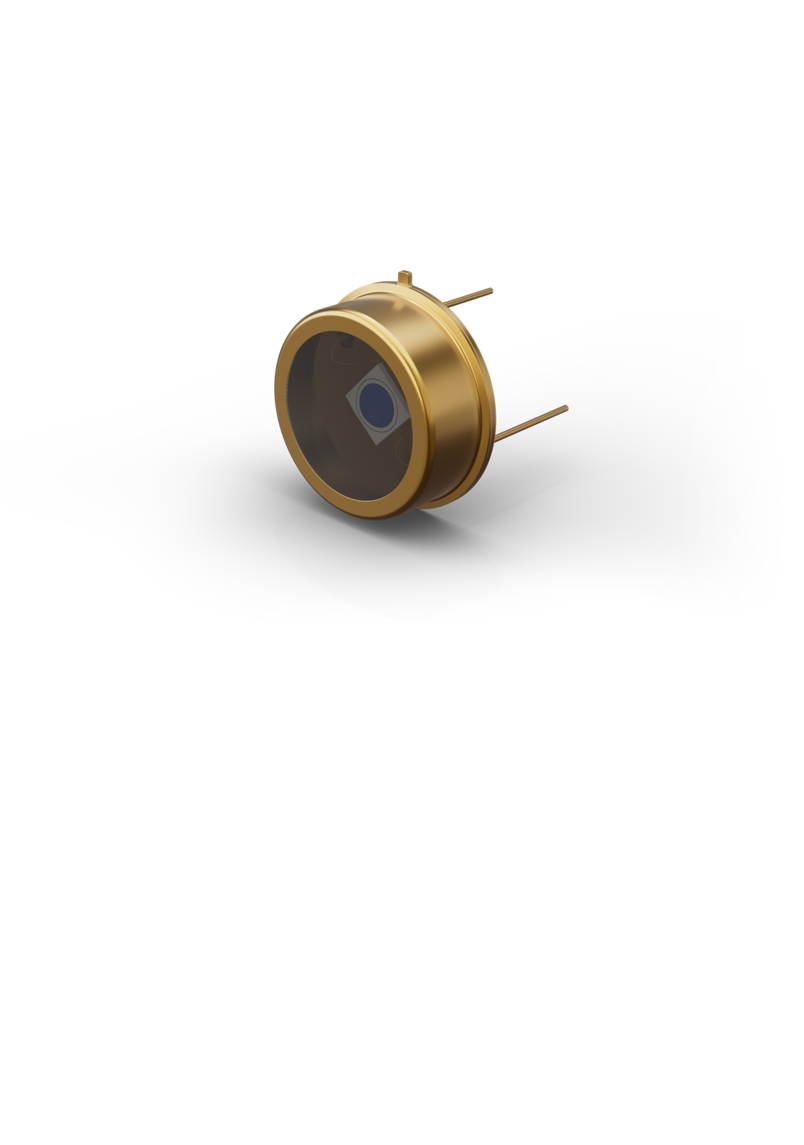Contents
- 1 Avalanche Photodiodes: Understanding the Technology
- 1.1 Introduction
- 1.2 How Avalanche Photodiodes Work
- 1.3 Applications of Avalanche Photodiodes
- 1.4 Responsivity and Quantum Efficiency
- 1.5 Materials and Wavelength Ranges
- 1.6 Detection Bandwidth and Noise
- 1.7 Geiger Mode for Single Photon Counting
- 1.8 Avalanche Diode Modules and Silicon Photomultipliers
- 1.9 Conclusion

Source: Laser Components
<>
Avalanche Photodiodes: Understanding the Technology
Introduction
An avalanche photodiode (APD) is a type of semiconductor-based photodetector that operates at a high reverse voltage, allowing for the amplification of photocurrent through an avalanche process. This technology finds applications in various fields such as optical communications, laser microscopy, and range finding.
How Avalanche Photodiodes Work
When photons are absorbed by the semiconductor material of an APD, carriers (electrons and holes) are accelerated in a strong internal electric field, leading to the generation of secondary carriers through an avalanche process. This amplifies the photocurrent, making APDs highly sensitive detectors.
Applications of Avalanche Photodiodes
APDs are commonly used in optical fiber communications, laser scanners, imaging systems, and optical-time domain reflectometers. Their high sensitivity and reduced electronic noise susceptibility make them ideal for applications requiring precise detection of low light levels.
Responsivity and Quantum Efficiency
The responsivity of an APD is greatly enhanced due to the current amplification process. However, the quantum efficiency of APDs may vary and is typically below 100%. This means that not all incident photons contribute to the photocurrent, affecting overall efficiency.
Materials and Wavelength Ranges
Silicon-based APDs are sensitive to wavelengths ranging from approximately 450 to 1000 nm, with peak responsivity around 600–800 nm. For longer wavelengths, germanium or indium gallium arsenide (InGaAs) APDs are used. These materials offer different multiplication factors and noise performances.
Detection Bandwidth and Noise
APDs can achieve high detection bandwidths, but there is a trade-off between bandwidth and amplification factor. While APDs can reduce detection noise compared to other photodetectors, they are still subject to quantum noise and amplification noise, which can impact overall performance.
Geiger Mode for Single Photon Counting
By operating APDs in Geiger mode, single photon counting with high quantum efficiency is possible. However, there are limitations such as dead time and reduced count rates. These devices are used in quantum optics experiments and applications requiring extremely high responsivity.
Avalanche Diode Modules and Silicon Photomultipliers
Avalanche diodes are available as modules with integrated electronics for improved performance. Silicon photomultipliers, containing arrays of APDs, offer large active areas and are suitable for photon counting applications.
Conclusion
Avalanche photodiodes are advanced photodetectors that offer high sensitivity and reduced noise for various applications in photonics and beyond. Understanding their operation and characteristics is crucial for utilizing their full potential in modern technologies.
Source: Wikipedia
Feel free to comment your thoughts.



